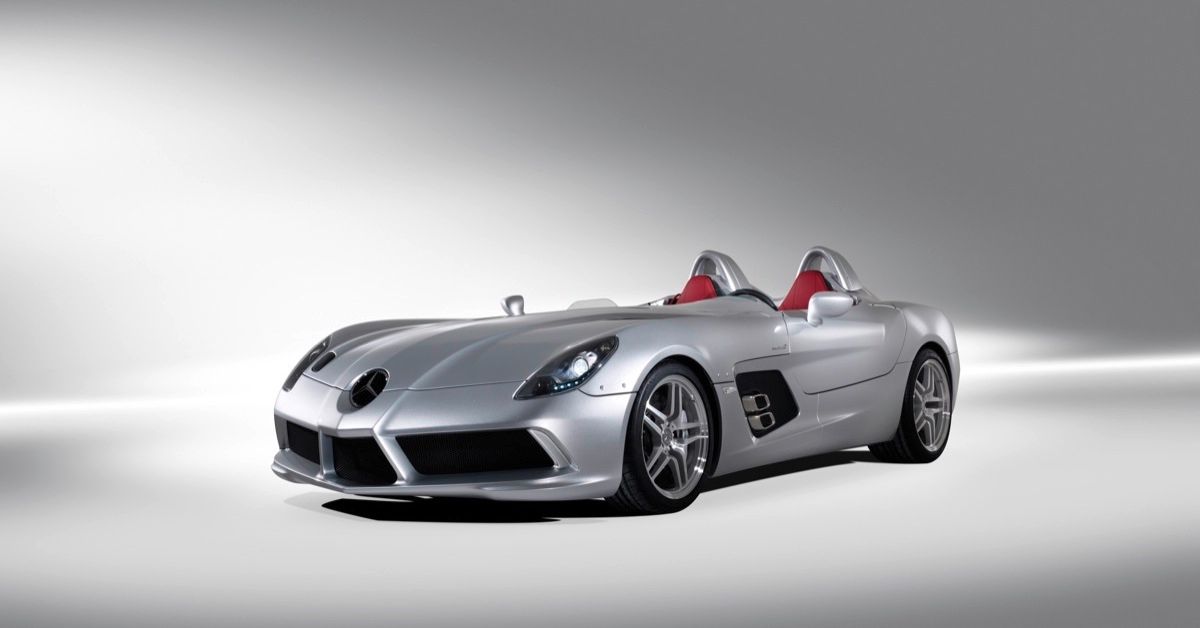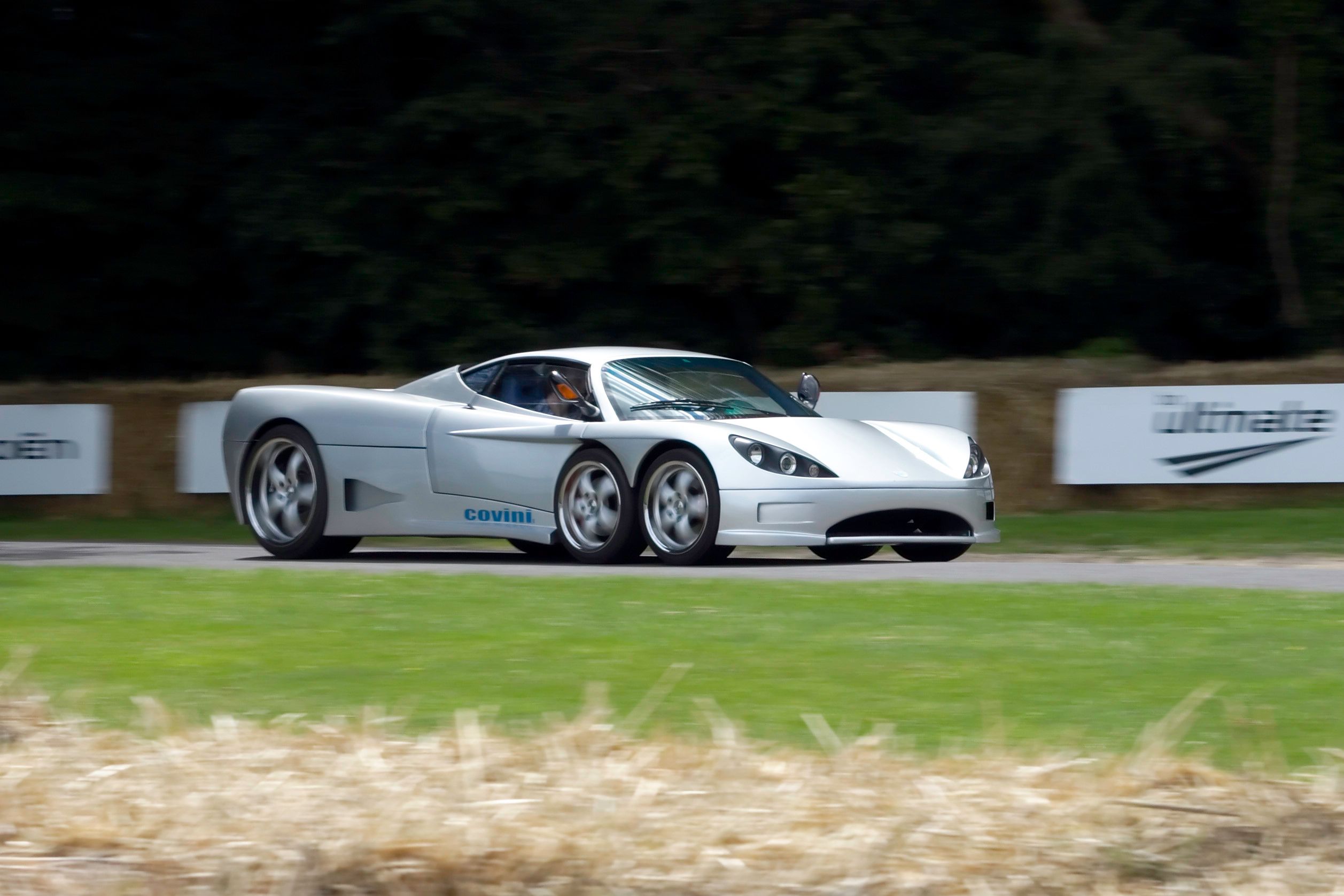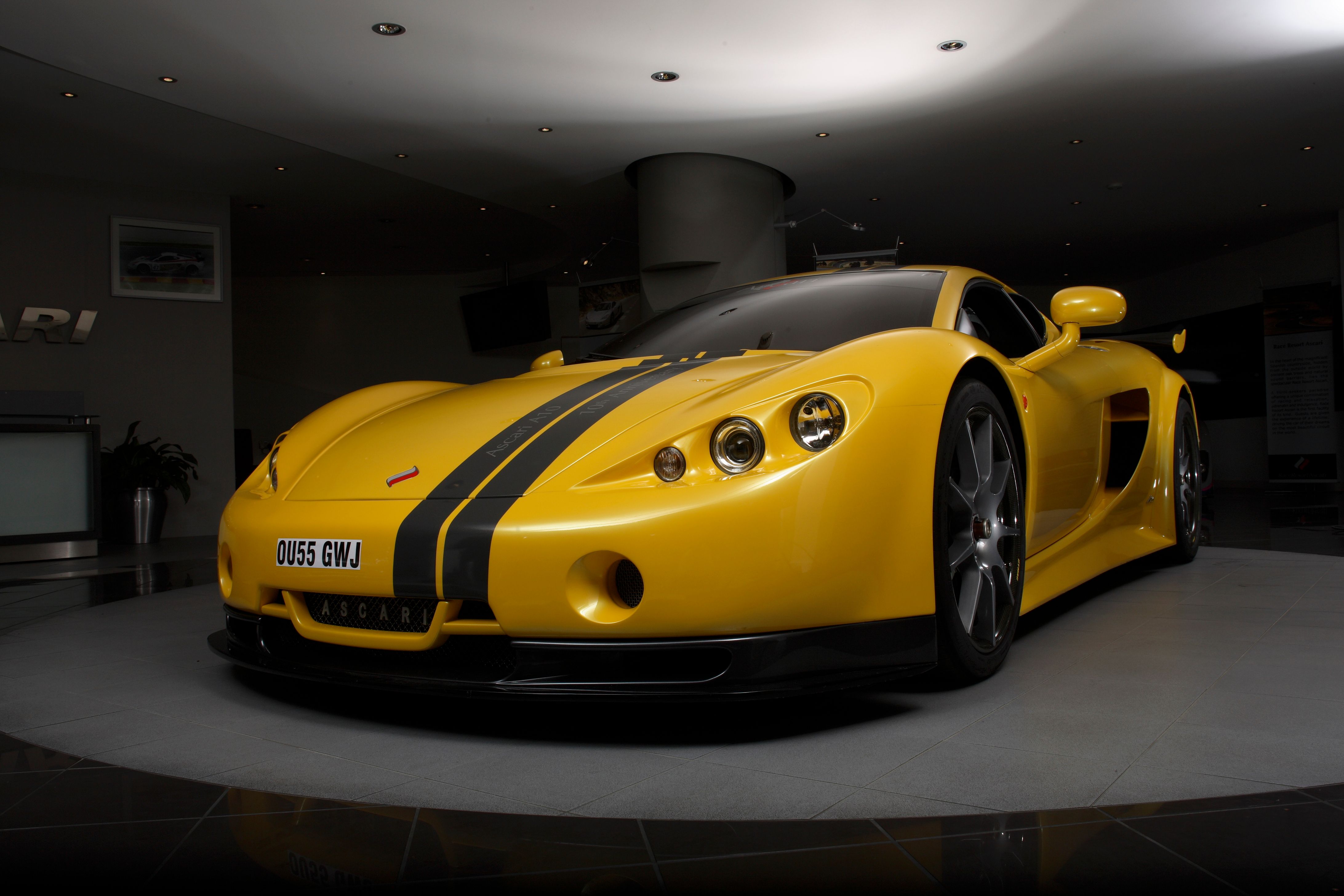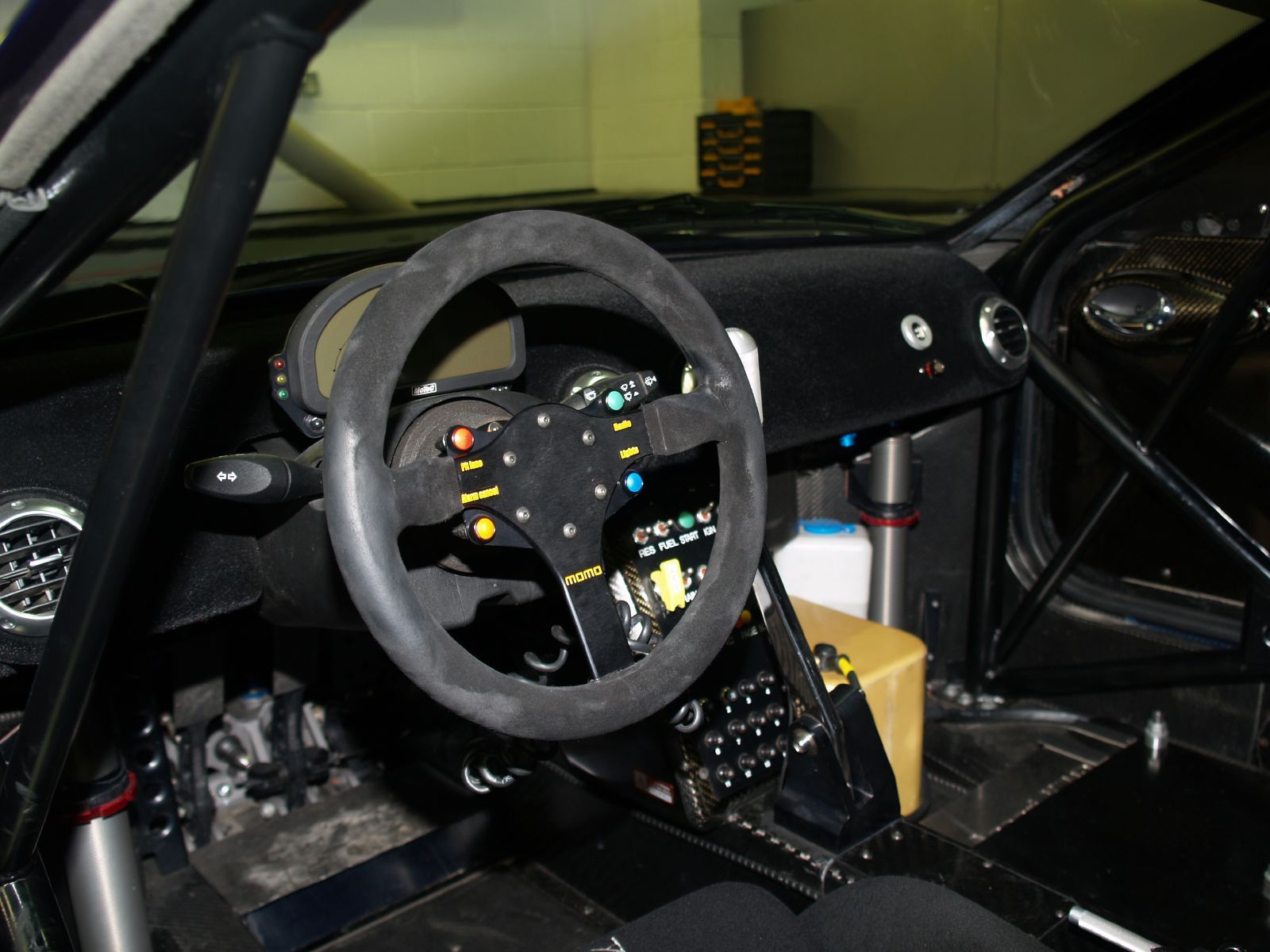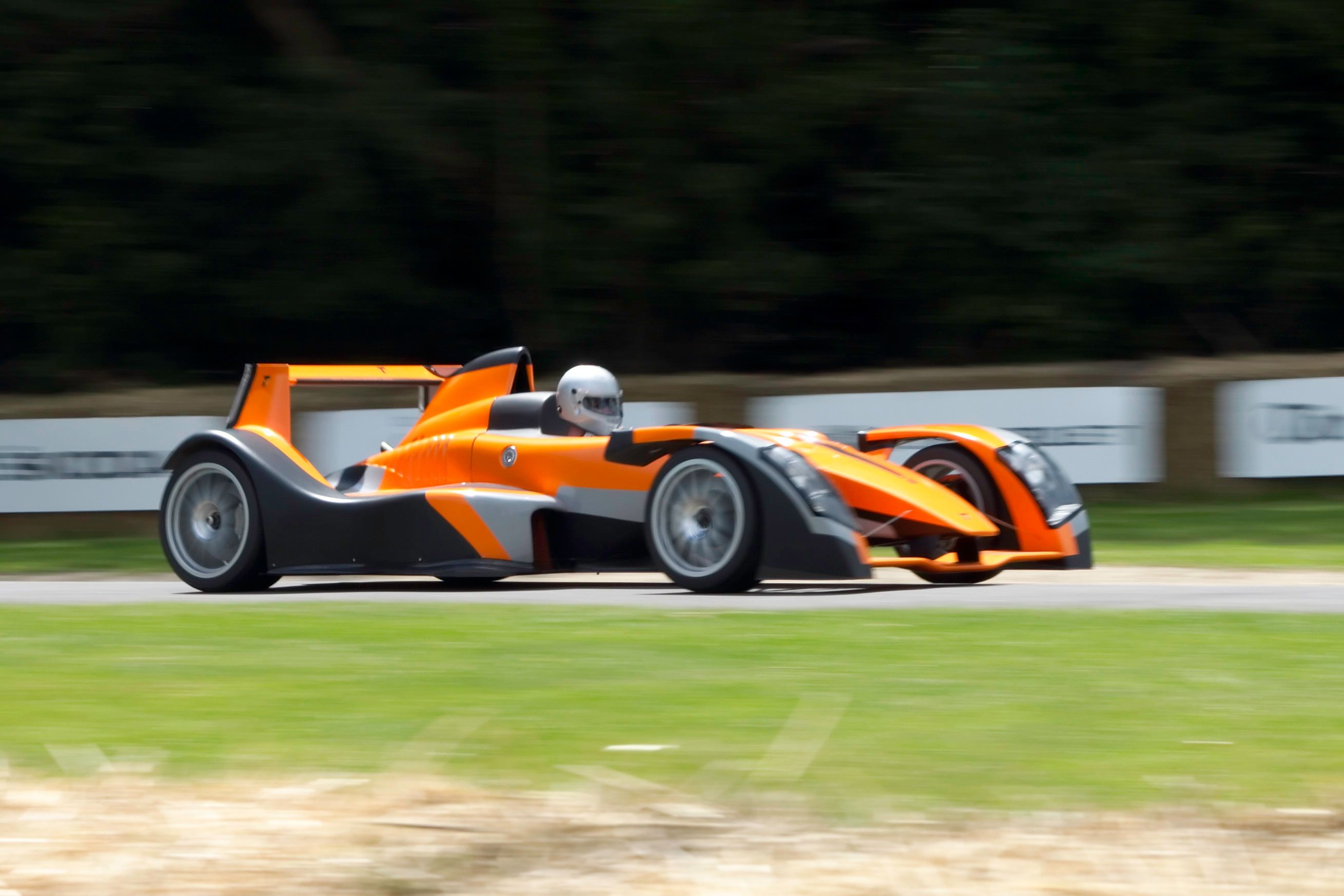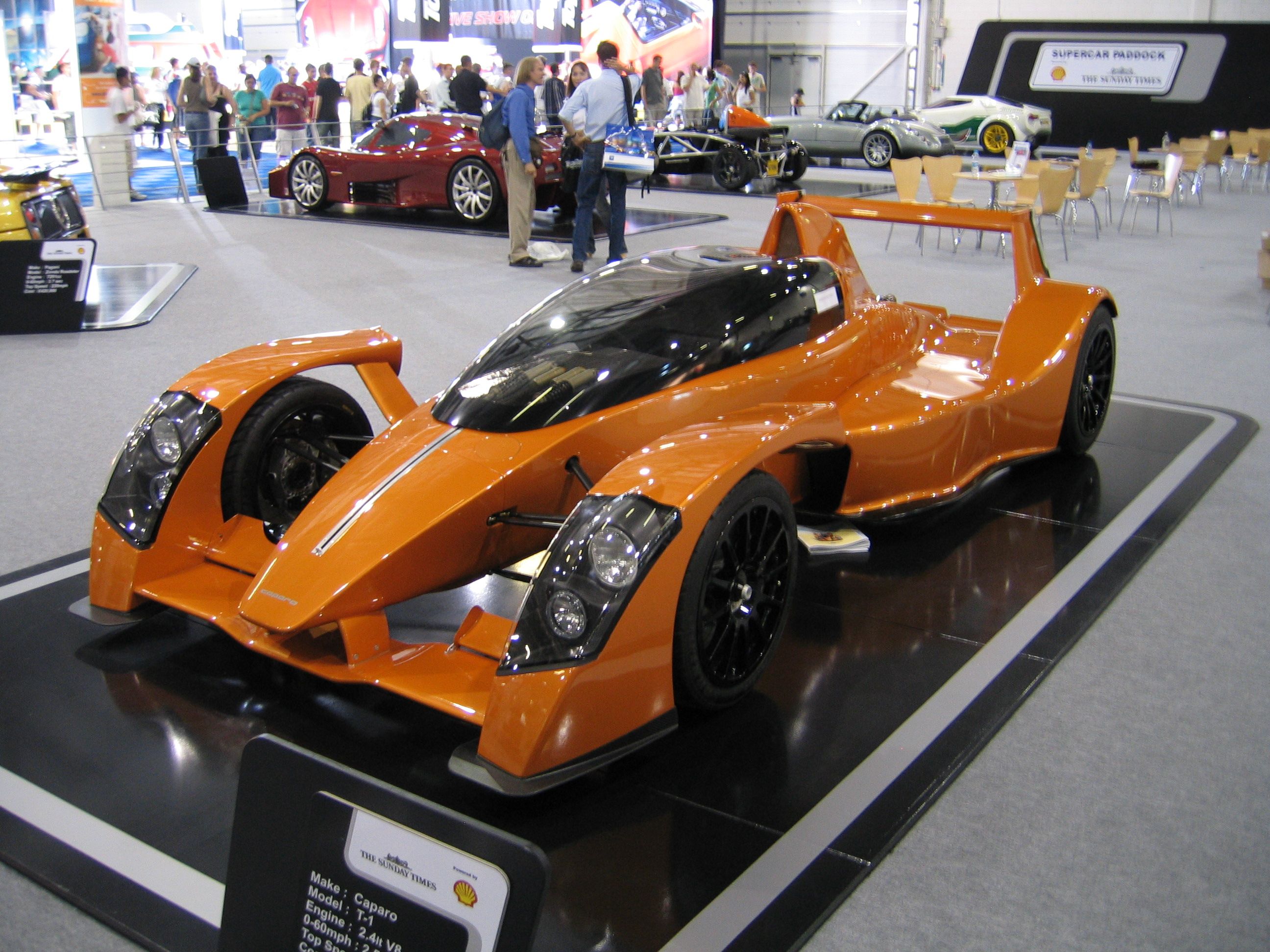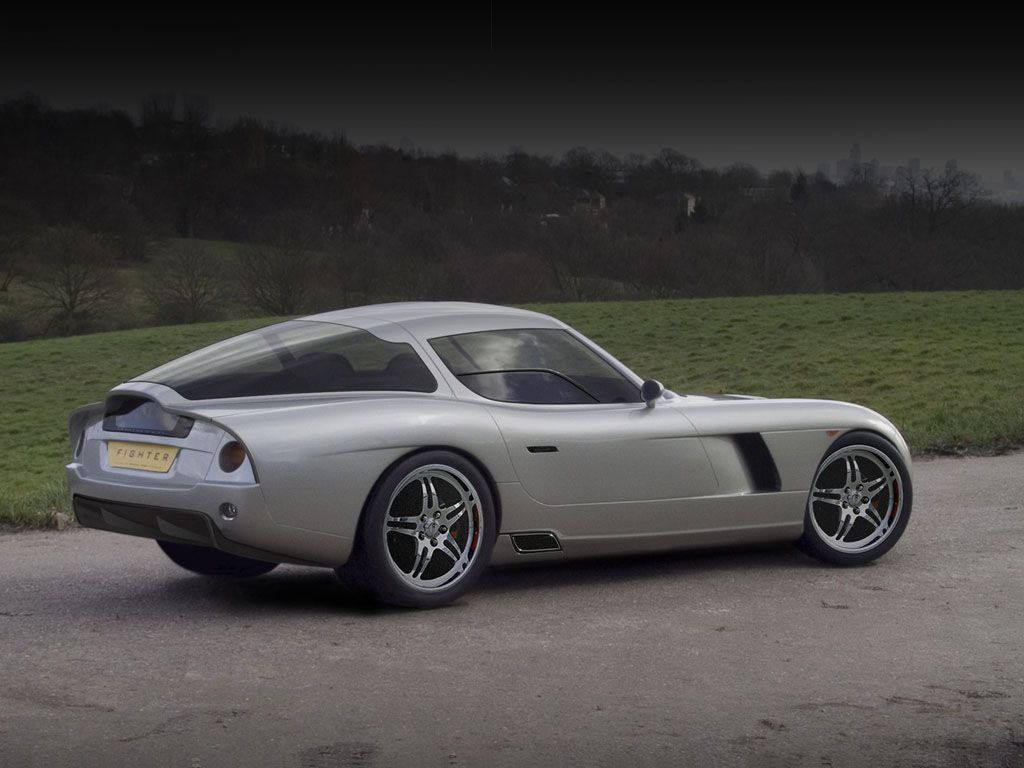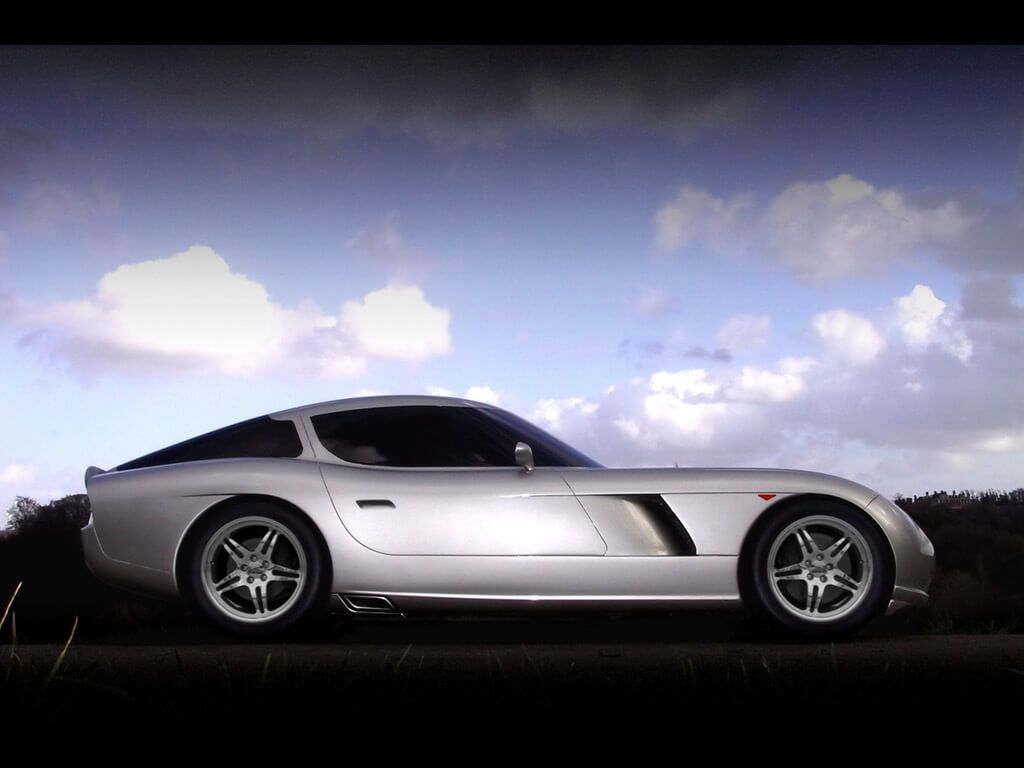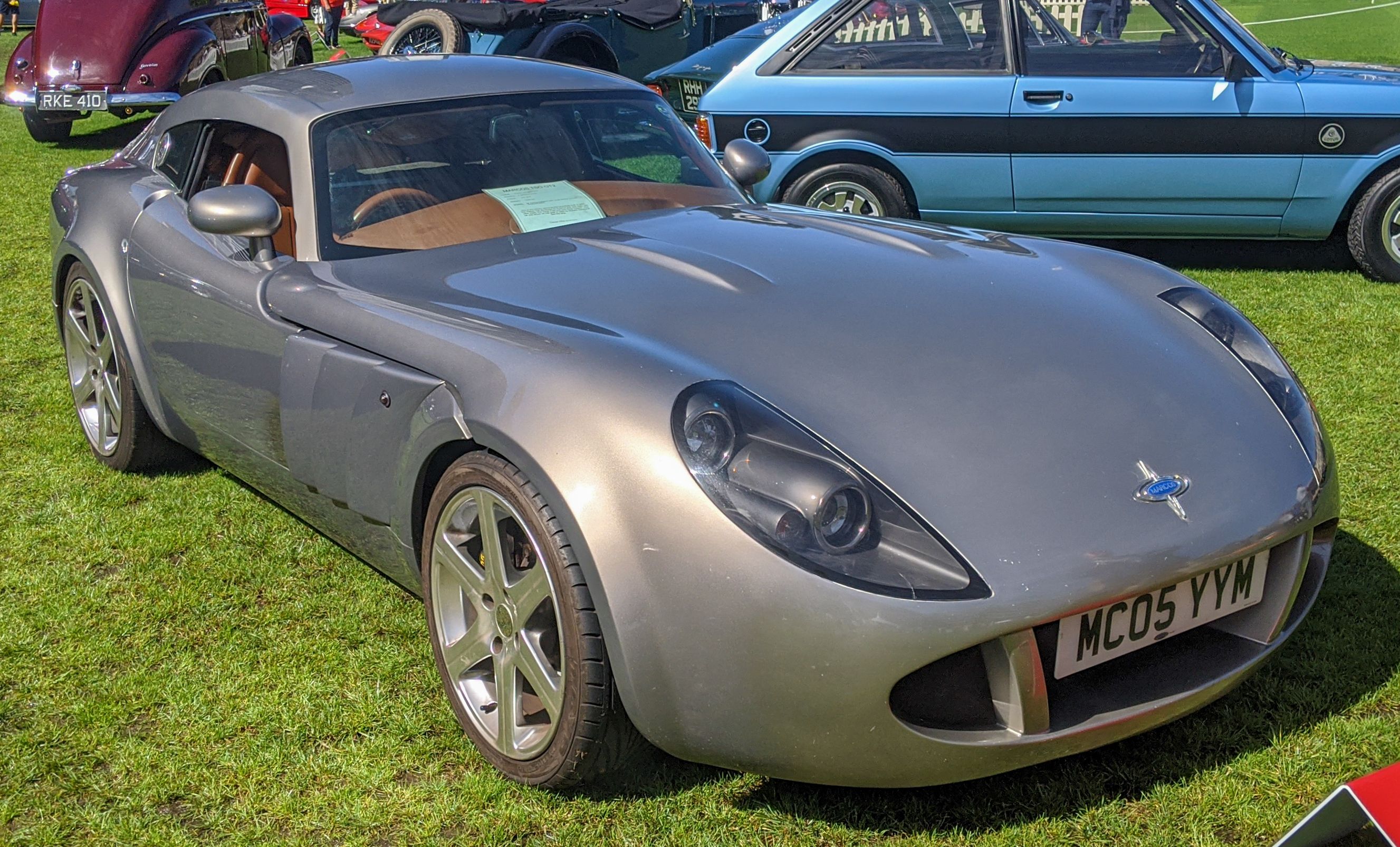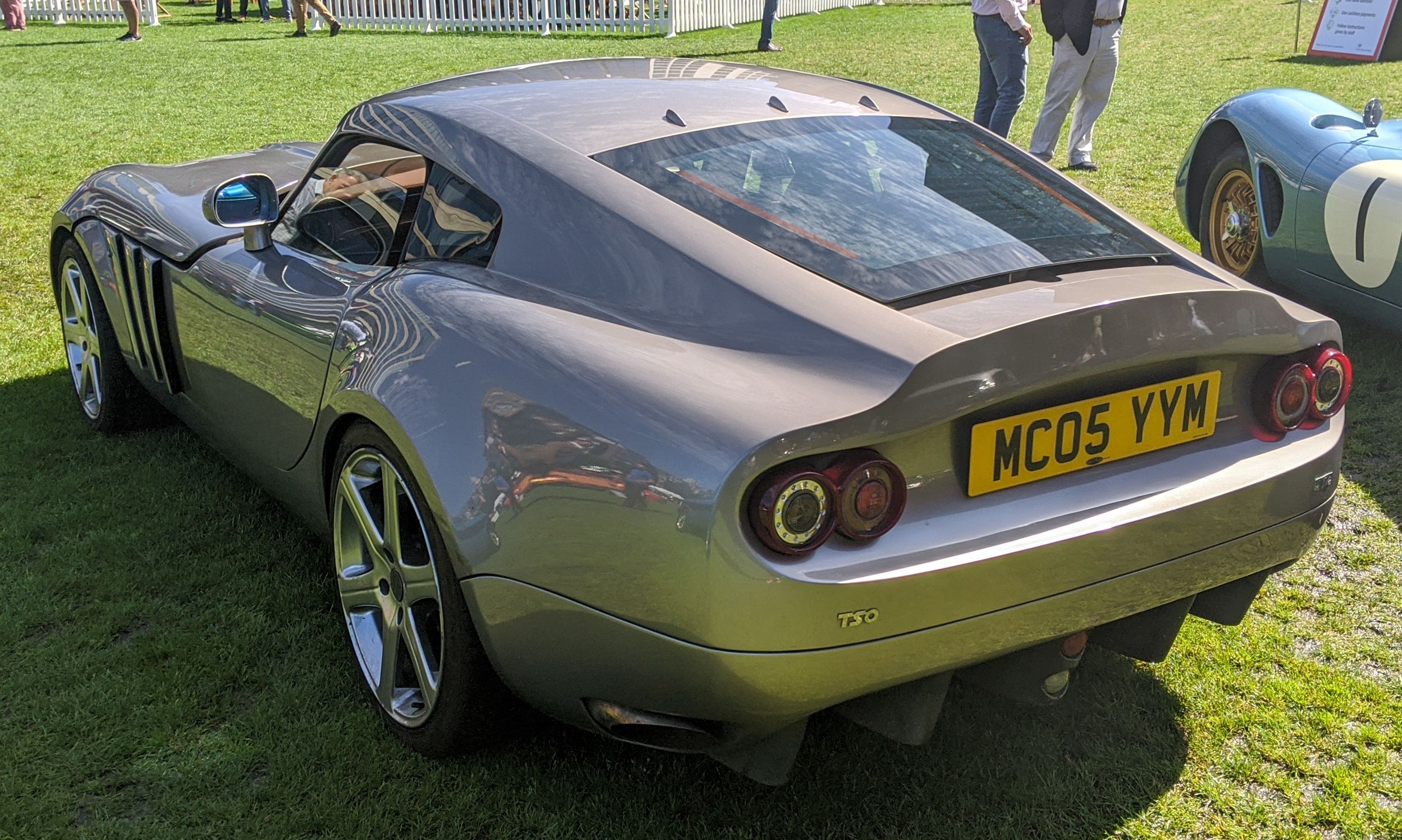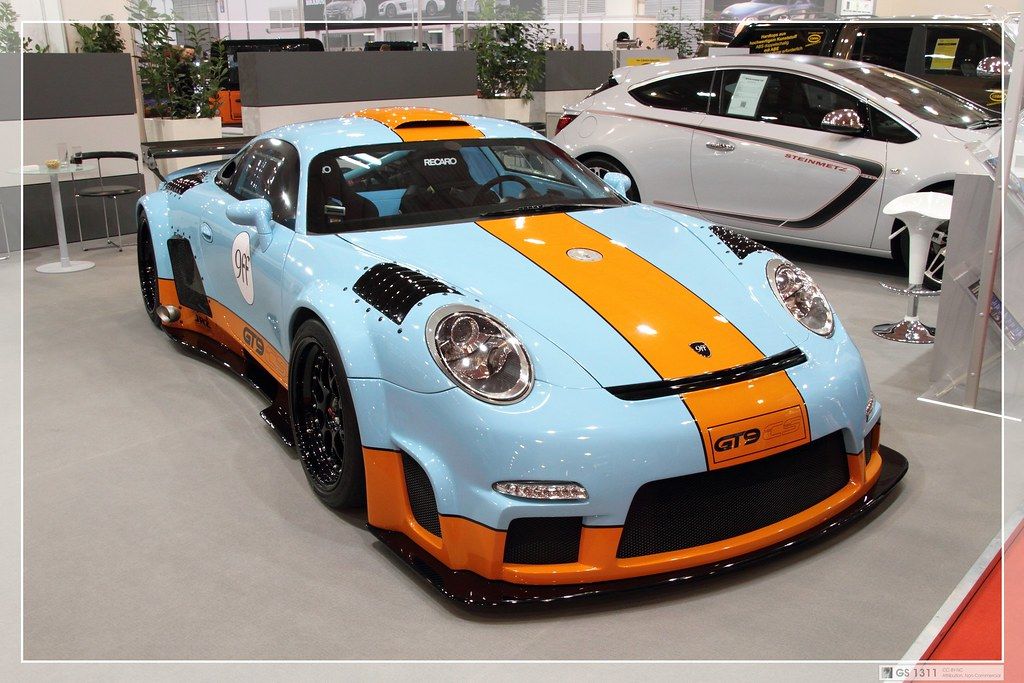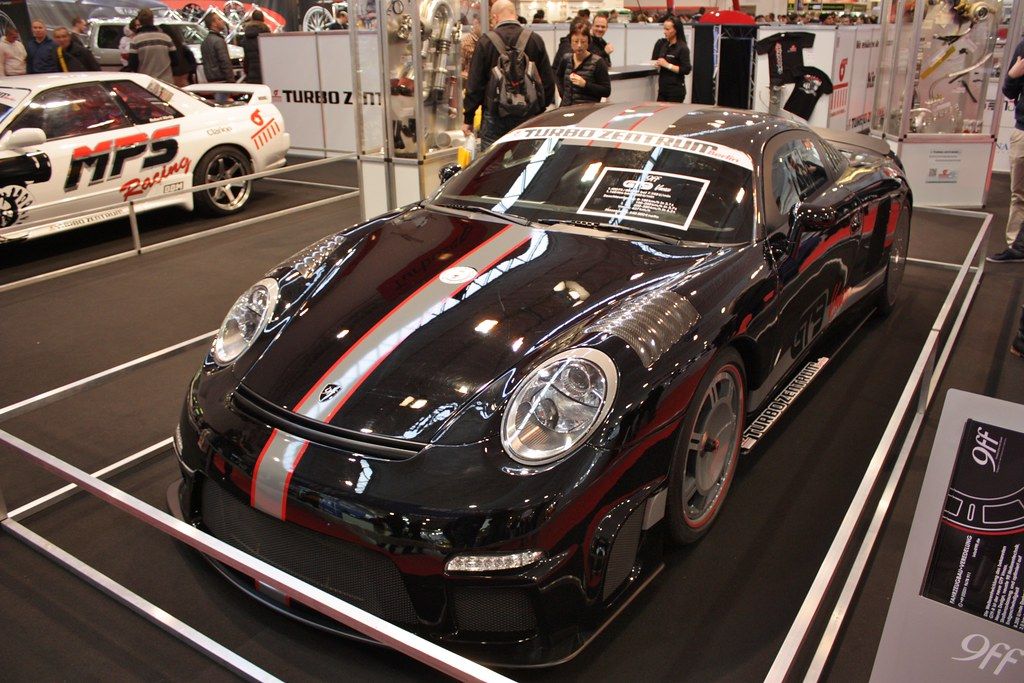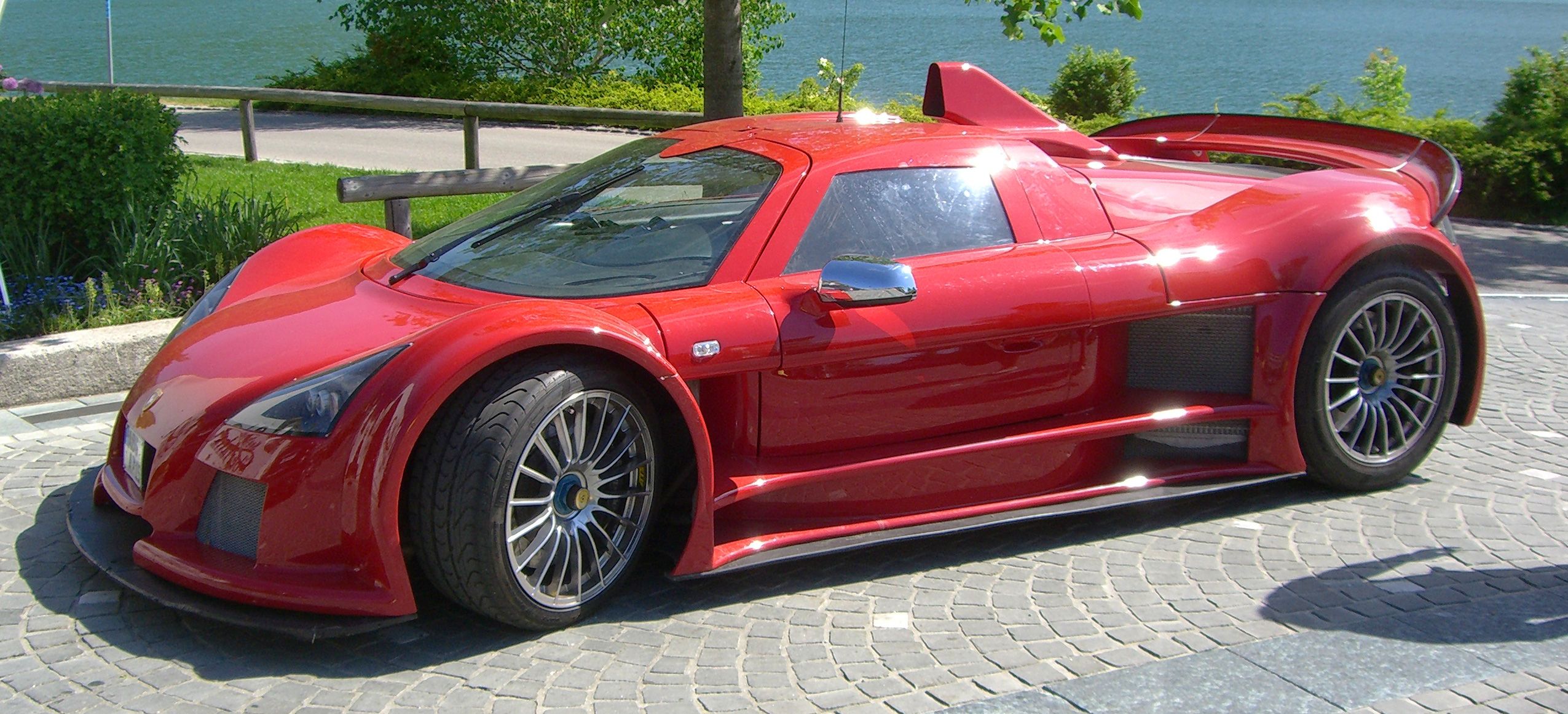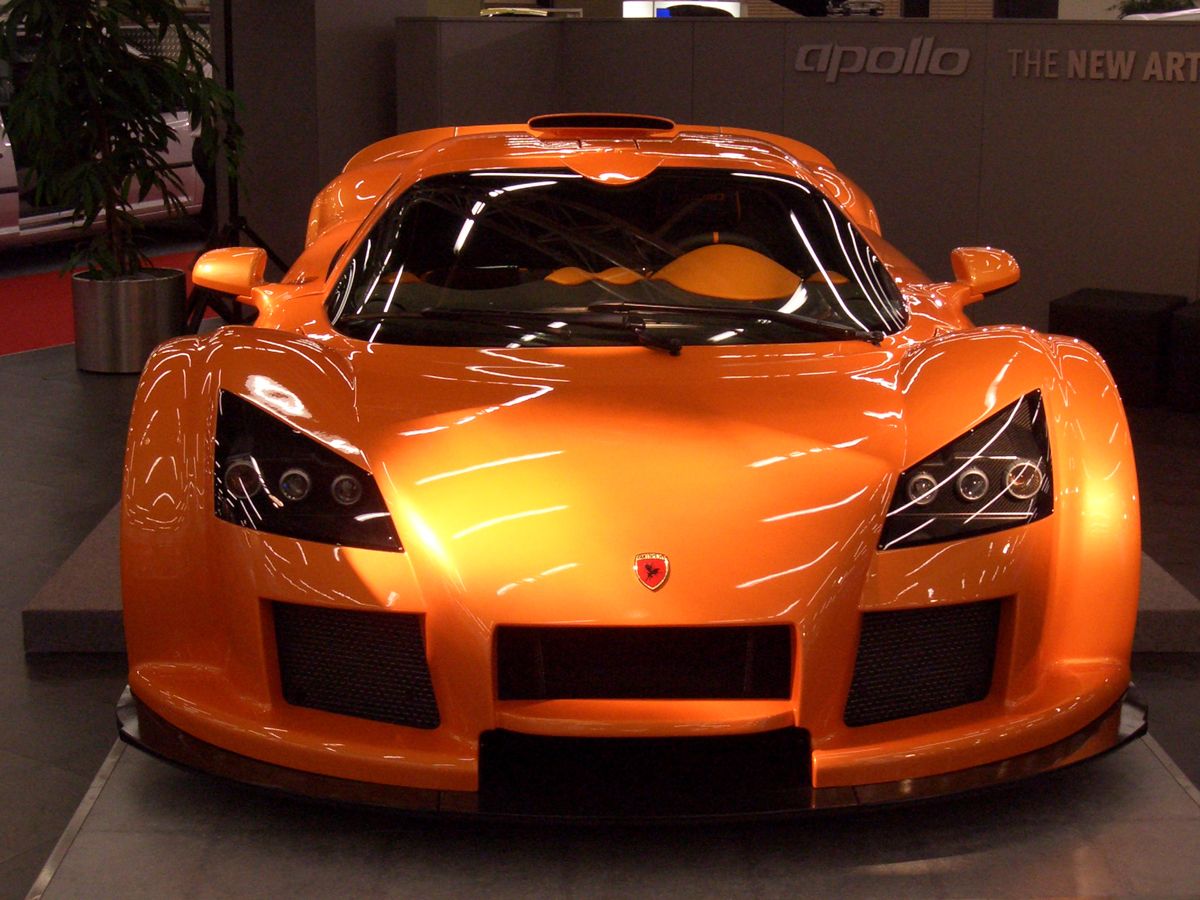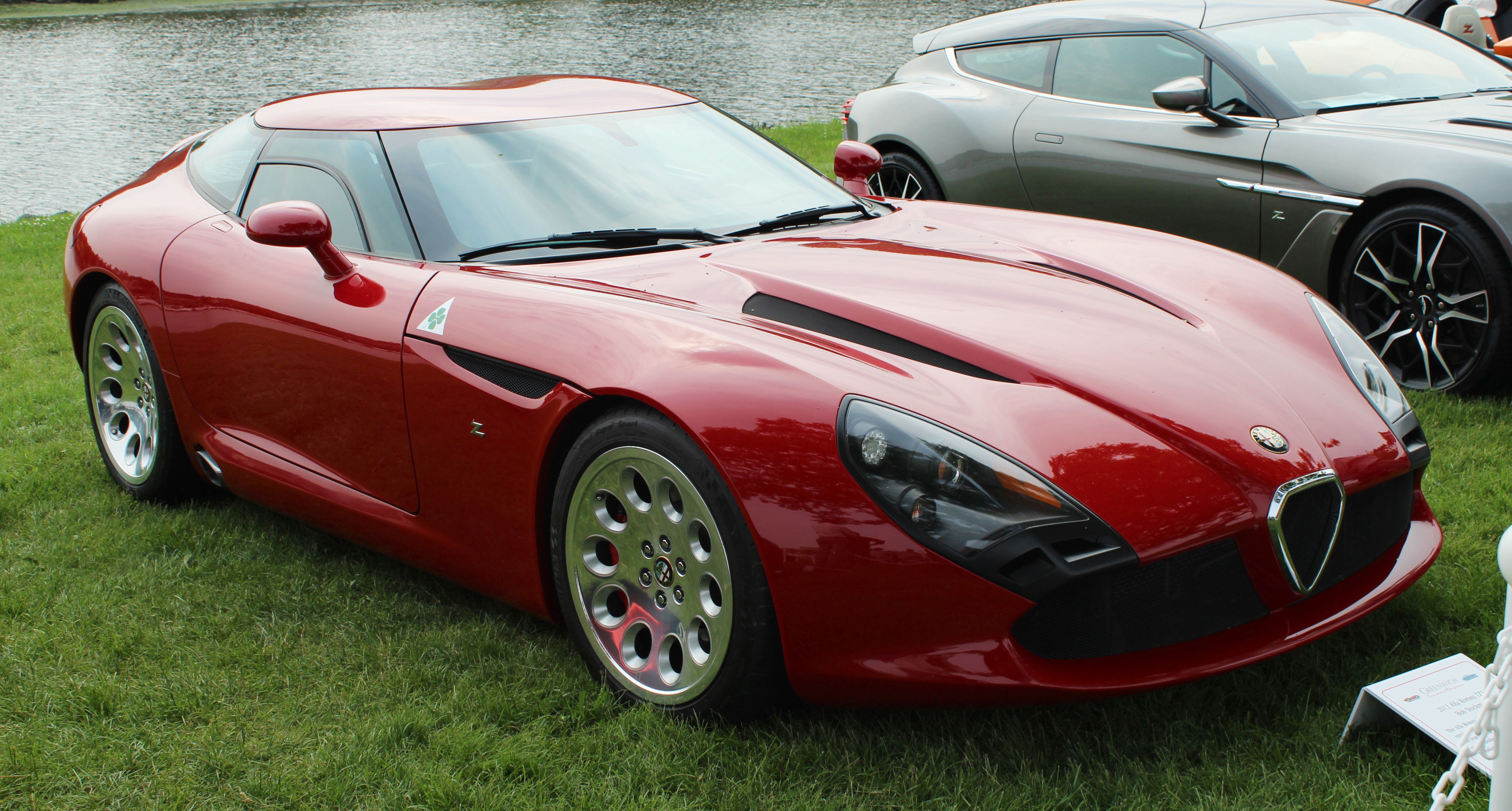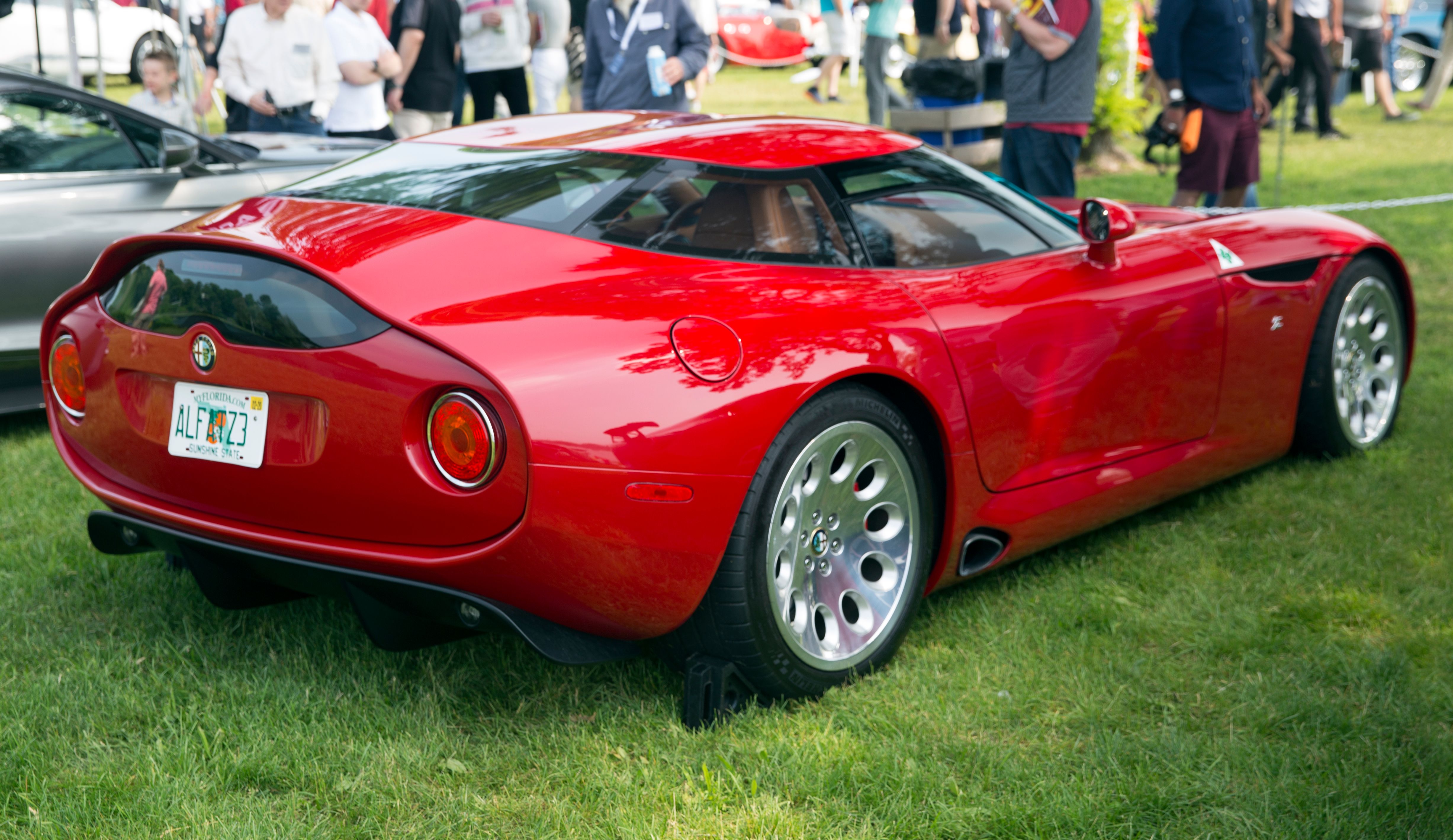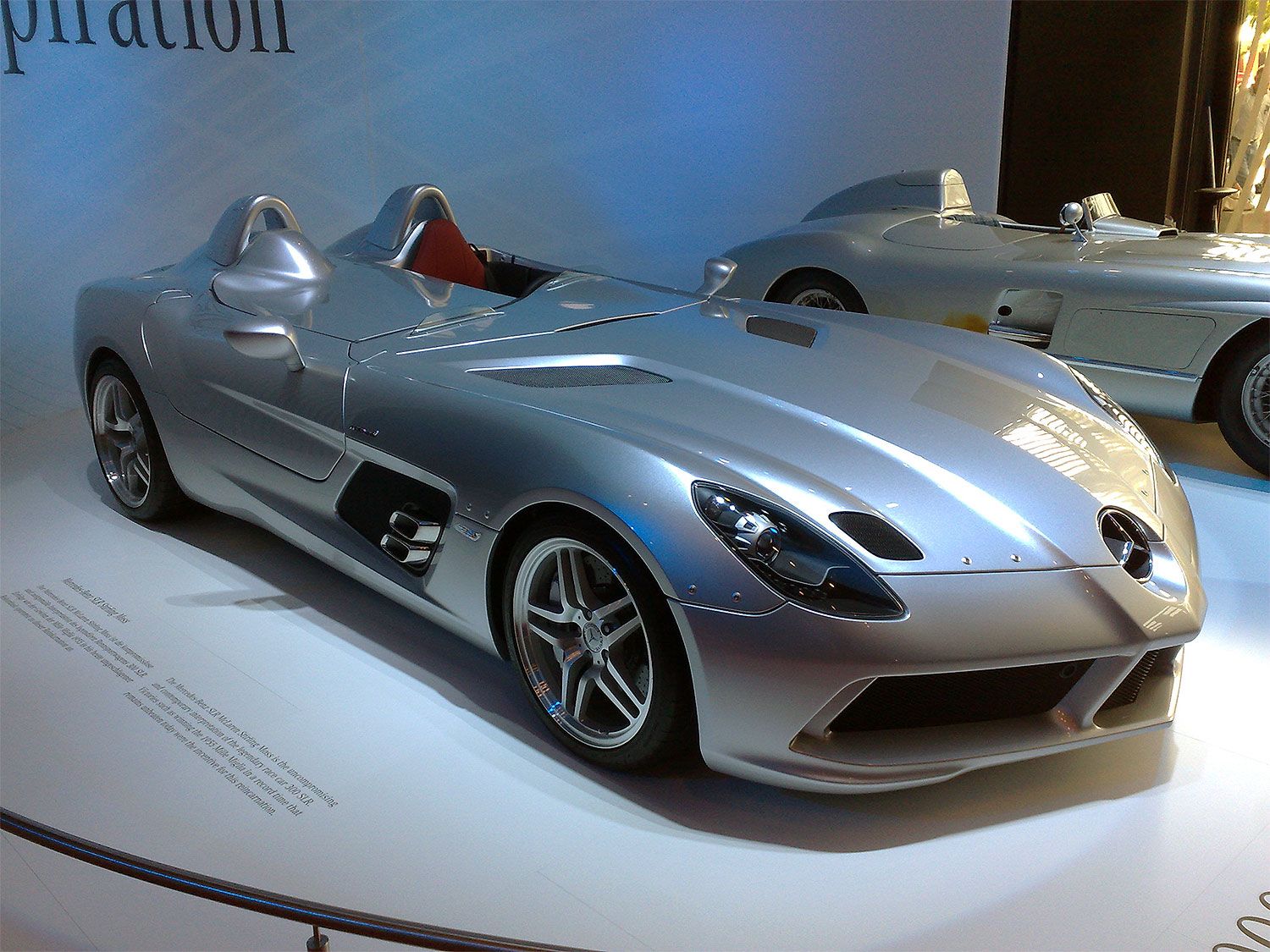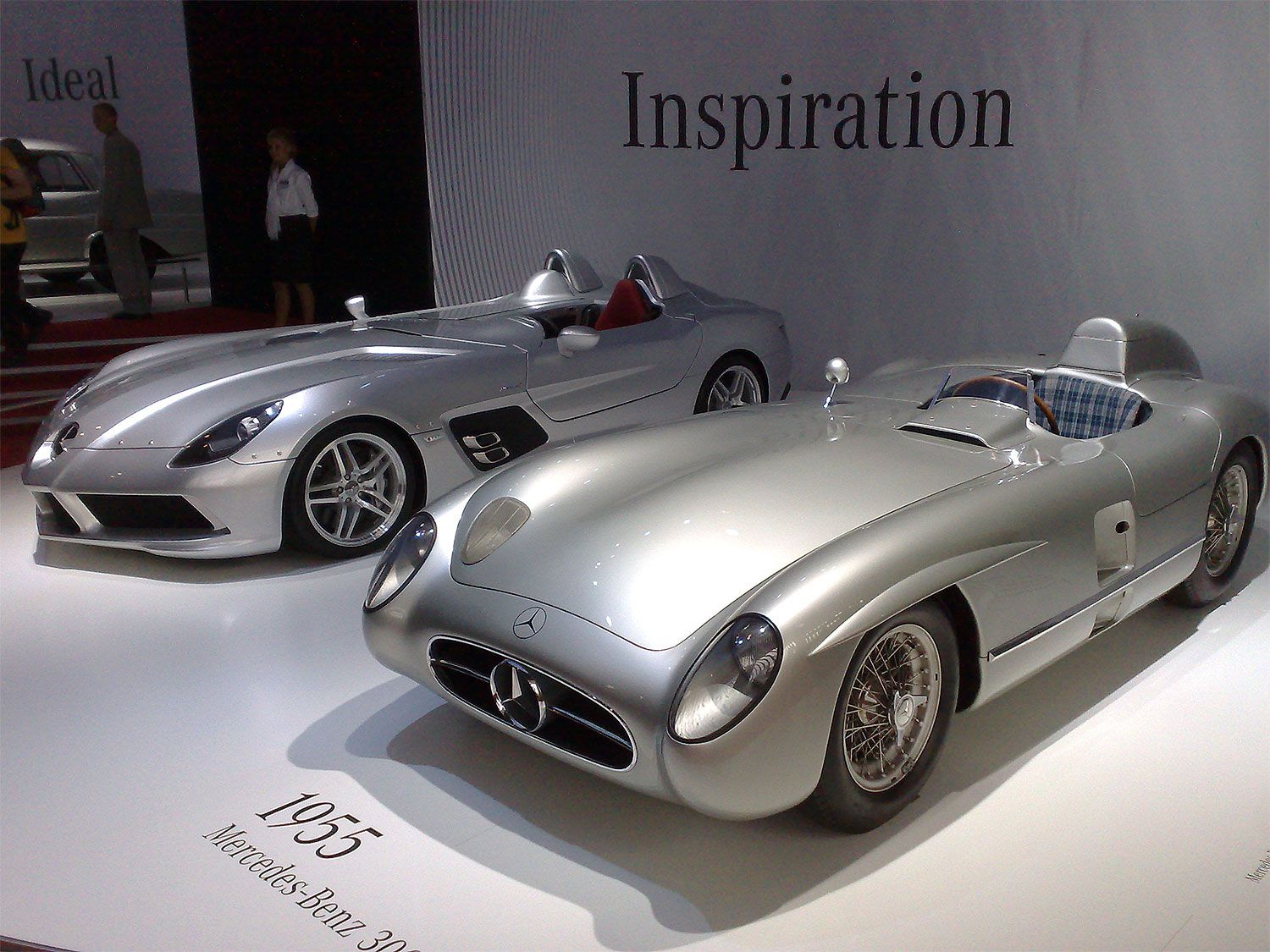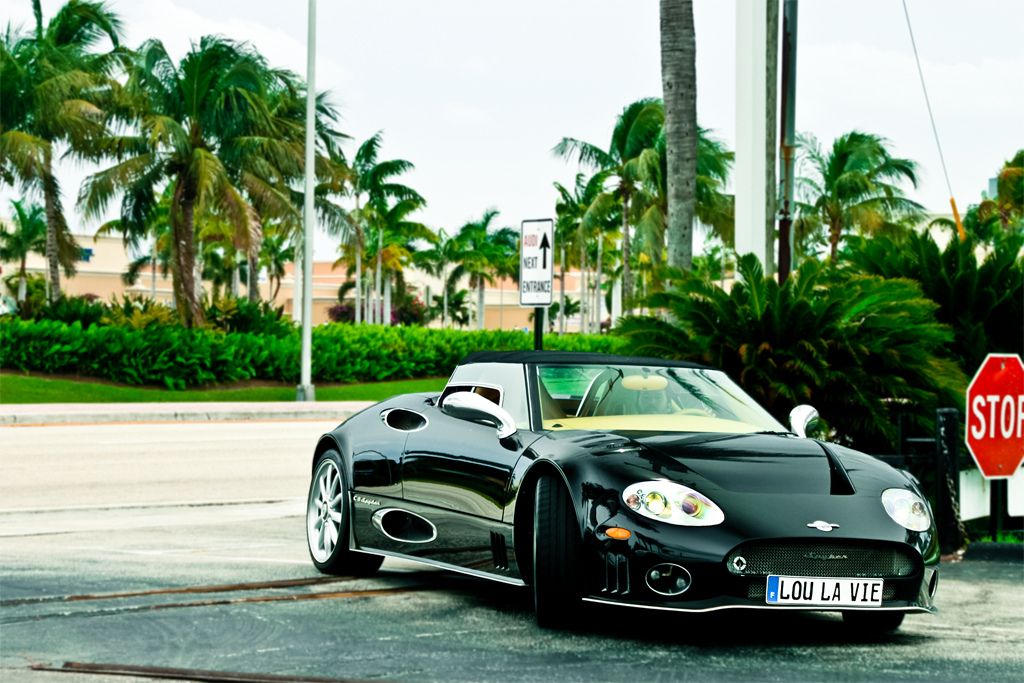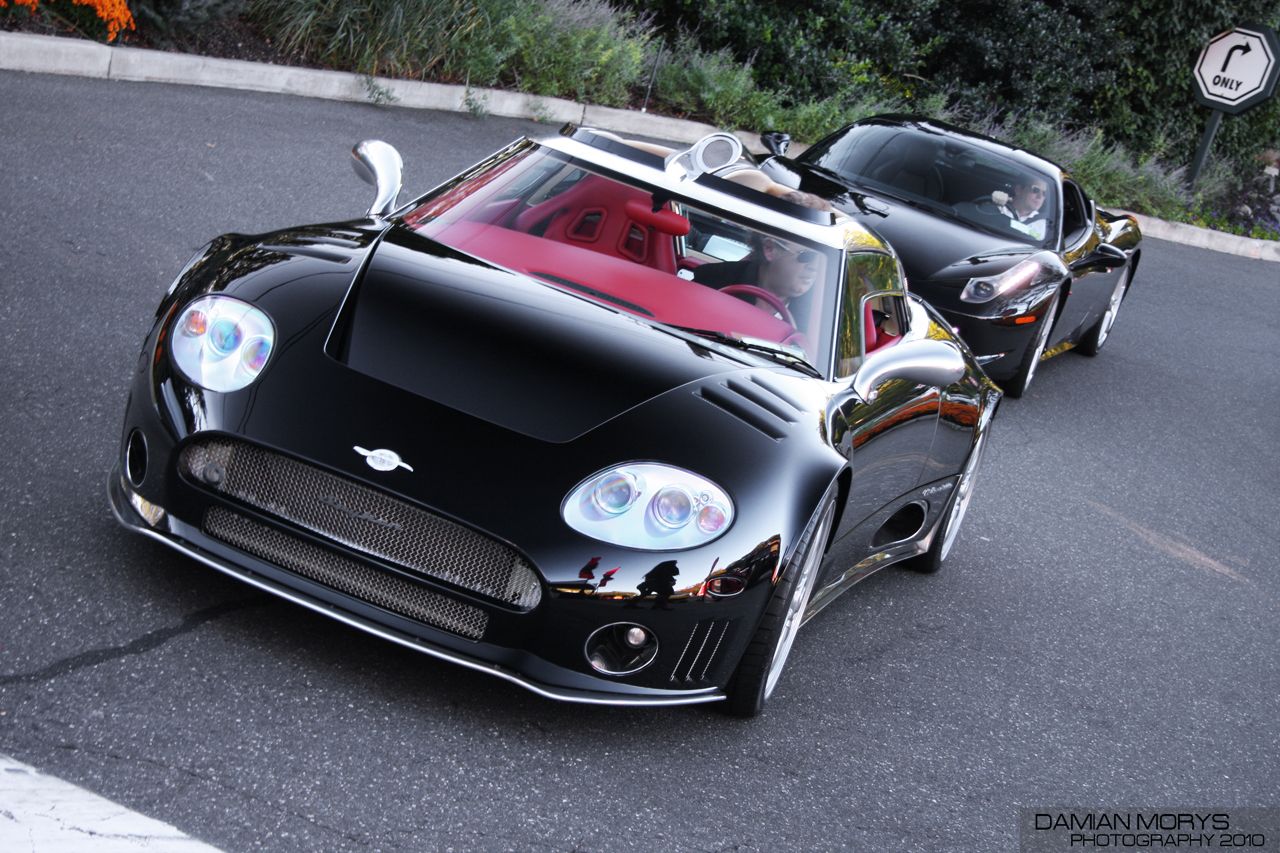The 2000s brought us some of the most memorable supercars that the world had ever seen. From the Ferrari Enzo to the Porsche Carrera GT, a truly glamorous of carbon fiber construction, exciting engines and distinctive styling was upon us.
Oh, and who could ever forget about the Bugatti Veyron or the many iterations of the Pagani Zonda? This was an era where the supercar was experiencing a strong surge after the turn of the new millennium. Some startup brands even ended up becoming incredibly successful as a result, including Koenigsegg which have a tendency to break records.
Others meanwhile, weren't quite remembered as much - and some were downright odd. Here's a list of ten of the strangest supercars of the 2000s - a truly unforgettable decade for fast cars.
10 Covini C6W
Inspired by the Tyrell P34 Formula 1 car from the 1970s, the Covini C6W was a project originally drawn up in the same decade, but was abandoned by the 1980s. In 2004 however, the Covini was back.
Powered by a 4.2-liter V8 from Audi, the C6W produced 434 hp and could go onto a top speed of 186mph. None of that sounds particularly bizarre until you take one step back and realize that the C6W was rather too inspired by the Tyrell.
The idea of a 6-wheeled car or truck is weird in anybody's book, never mind one designated to sports cars! The twin front axle automatically makes the Covini an unusual one, and it was never going to leave this list.
9 Ascari A10
You may recognize the Ascari A10 as that shouty yellow thing that appeared on Top Gear many moons ago, but few people ever recall its existence and there is one especially good reason for that.
The A10, despite being based on the same platform as the KZ1 and the KZ1-R racing variant, only ever remained a prototype that never actually reached production.
It was powered by the same 4.9-liter V8 engine found in the BMW E39 M5 and the achingly beautiful Z8. It was mated to a 6-speed sequential gearbox. A plan of 50 cars was in place, but the company declared bankruptcy in 2010, and we never saw these amazing machines ever again.
8 Caparo T1
Pitched as a Formula 1 style car for road use, the T1 was about as insane as you could get for anything with tax and registration plates. It had a 3.5 liter V8 engine made by Menhard with 575hp - in a car that had a dry weight of 470 kg (1,040 lbs)!
It was a project dreamed up by designer, Ben Scott-Geddes and engineer, Graham Halsteed, who previously worked on the iconic McLaren F1. A limited run of 25 examples were to be built each year after unveiling it in 2007, but those targets were never met with only 16 ever being sold in the UK by 2012.
It proved to be a dangerous way of driving as well. When it was tested on Fifth Gear, driver & presenter, Jason Plato got caught up in a fire, mildly burning him during filming of the car on track. The sheer danger and madness of the T1 makes it a rather fascinating supercar - even if everybody seems to have forgotten about it.
7 Bristol Fighter
The Fighter represented the revival of Bristol Cars after a few decades of outdated models with little going for them. It had an all-new platform and body and was powered by an 8.0-liter Chrysler V10 engine as found in the Dodge Viper.
Even more impressive than the gullwing doors was the performance: the standard trim gave you 525 hp. The Fighter S had 628 hp. But it was the Fighter T that really had the big figures.
The T was supposed to produce 1,026hp from a turbocharged version of that V10 engine. But sadly, it never went into production with only the prototype shell remaining which was sold off as a result of Bristol Cars' liquidation two years ago. Only 13 or so Fighters were ever made and remaining chassis numbers are within the hands of dedicated Bristol specialists such as SLJ Hackett in southern England.
6 Marcos TSO
Like the Fighter, the TSO marked the resurgence of another iconic British brand looking to take on the competition in the new millennium.
Marcos Engineering produced some truly capable sports and racing cars throughout their history, including the 3.0 liter GT and Mini Marcos that was based on Mini Cooper underpinnings.
The TSO was a bespoke supercar powered by a sturdy 5.7-liter Chevrolet LS6 V8. It was available in different states of tune from 350hp all the way up to 462hp with the performance pack added on. The chassis was engineered by motorsport aces, Prodrive, and was even available in a 6-speed manual. Sadly, the project didn't last long and Marcos went into administration in 2007.
An estimated 5 or 6 cars were ever produced with some prototypes left behind.
5 9ff GT9
As far as fast Porsches go, everybody is aware of the RUF, Singer and in-house GT products. But the one tuner that seemingly gets left behind in conversation was the outright bonkers firm, 9ff.
9ff took the well-acclaimed 997 Porsche 911 GT3 and changed... pretty much everything. The flat six engine was extensively modified and twin turbocharged to produce anywhere between 740 and 1,120hp. As a result, the 9ff GT9 was a tad faster than the concorde-like Bugatti Veyron with a top speed of 254mph.
Just 150 GT9s were ever made, with just 20 produced with the most powerful state of tune. As far as tuned Porsches go, the 9ff is probably the king of the hill on the grounds of performance.
4 Gumpert Apollo
Founded by Audi ace, Roland Gumpert who was involved in the Quattro's Group B rallying career, Gumpert was founded after the brainwave of designing a street-legal racing car with Roland's engineering expertise in mind. He came up with the Apollo which began production in 2005.
Naturally, it used Audi's 4.2 liter V8 engine. But this time, it was twin turbocharged and produced between 641-789hp depending on the state of tune. Roland applied his motorsport expertise and entered the Apollo into the 24-Hour Nürburgring race in 2008, using a hybrid version. It used a 3.3 liter V8 coupled to an electric motor - producing 646hp in total. It even had the ability to recharge the battery under braking - which was well-ahead of its time!
The Apollo eventually got replaced by the Apollo Intensa Emozione in 2019 with a radically sharp look under a new brand name, Apollo Automobil.
3 Alfa Romeo TZ3 Stradale
If you ever believed the 8C was Alfa's craziest supercar of the 2000s, then you're quite wrong. The TZ3 was originally based on a Maserati with a 4.2 liter V8, but the larger Stradale version was based on none other than the Dodge Viper.
Specifically, it was the Viper ACR that served the basis for the mad Alfa. It's 8.4-liter V10 producing 640hp through a 6-speed manual gearbox. This has to be the most extreme example of an Italian car built upon American running gear - and it wasn't uncommon in the past with cars such as the DeTomaso
The Stradale was bodied by Zagato which following tradition, had built the preceding Alfa TZ1 and TZ2 models from the 1960s. The coachbuilder has forever been renowned for designing some truly beautiful machines.
2 McLaren Mercedes SLR Stirling Moss
As if the McLaren Mercedes SLR wasn't mad enough for both respective manufacturers, Mercedes took it one step further and wanted to create a special version that harked back to the 300SLR of the 1955. Just this year, the Uhlenhaut coupe became the most expensive car ever sold at $142m.
The 1955 Mille Miglia saw Sir Stirling Moss win his greatest race behind the wheel of an SLR sporting the famous 722 numbers. The tribute car references that exact event and driver, and they even came out with a 722 edition for the regular SLR, to which the open-top car was based on.
The SLR Stirling Moss is a windscreen-less beast with a 5.4-liter supercharged V8 with 650hp and 605 lb.ft of torque. It had a 217mph top speed, meaning if you ever intended to go that quickly, you might need some goggles.
Just 75 examples were ever made and only offered to existing SLR customers, to which all were sold out instantly after release.
1 Spyker C8
Spyker may be known for the crazy Dutch supercars of the last two decades, but in actuality, they are one of the oldest car manufacturers in Europe that pioneered a 4WD system as early as 1904.
The C8 on the other hand, is the car that everybody thinks of when the brand is mentioned. It's the third car on this list to be powered by Audi's 4.2-liter V8, but is largely left standard with 395hp and could go onto a top speed of 186mph.
What made the Spyker unusual for its time though, was the way it was designed. The propeller steering wheel for instance was a nod to Spyker's aviation heritage, and the trims and fittings were luxuriously exquisite - crafted from the finest leather and aluminum to create an atmosphere inspired by a cockpit of a fighter plane. If the word, strange could be applied to any supercar from this time period, the C8 could certainly be it.
Sources: Mercedes-Benz, Bristol Cars Heritage Trust, Marcos, RM Sotheby's

